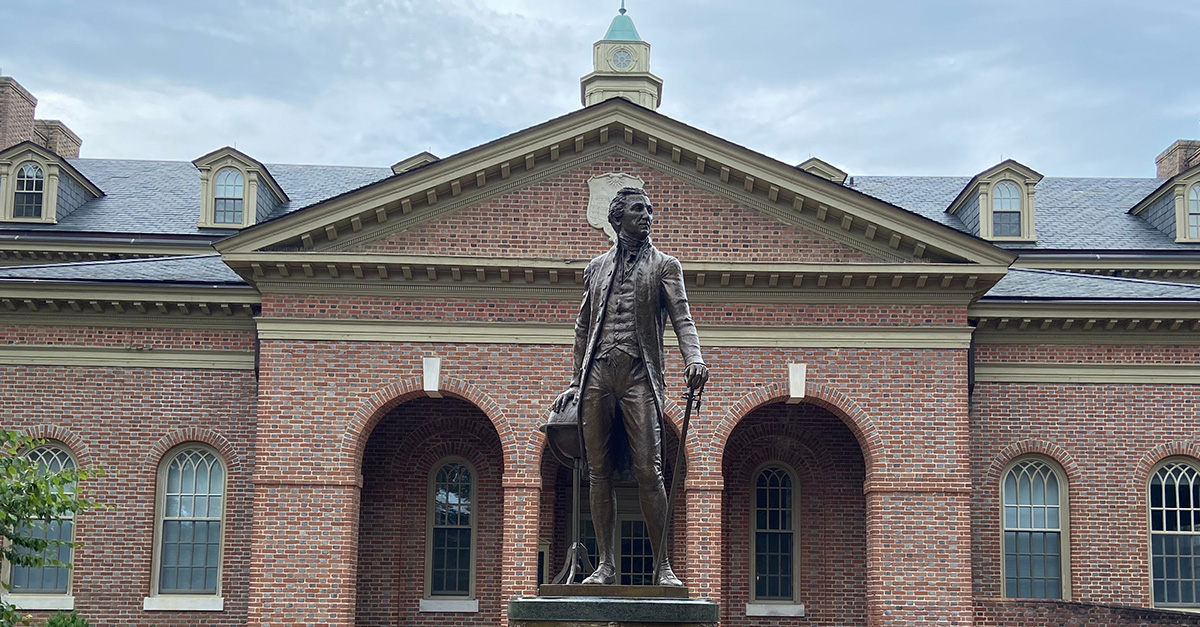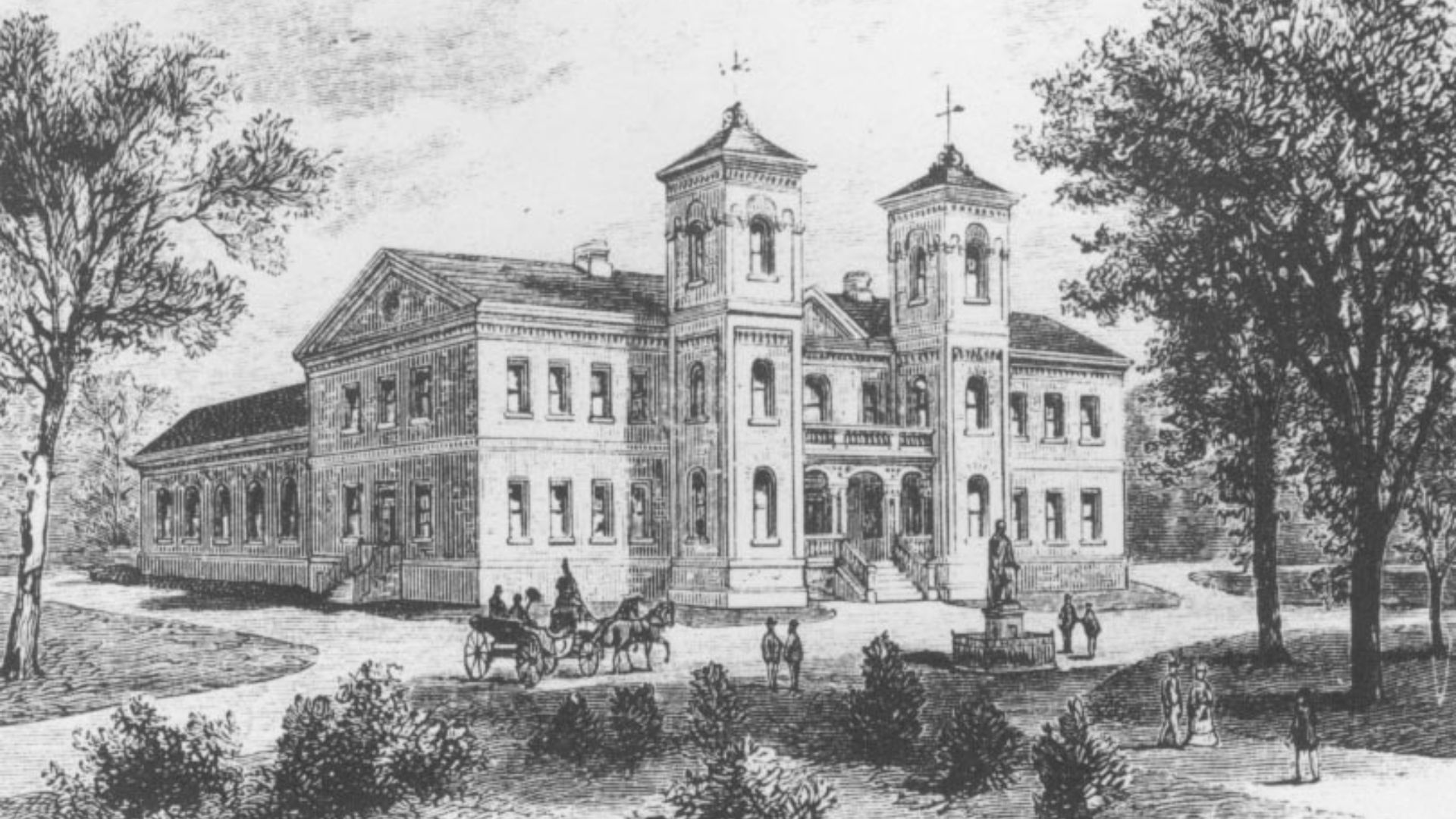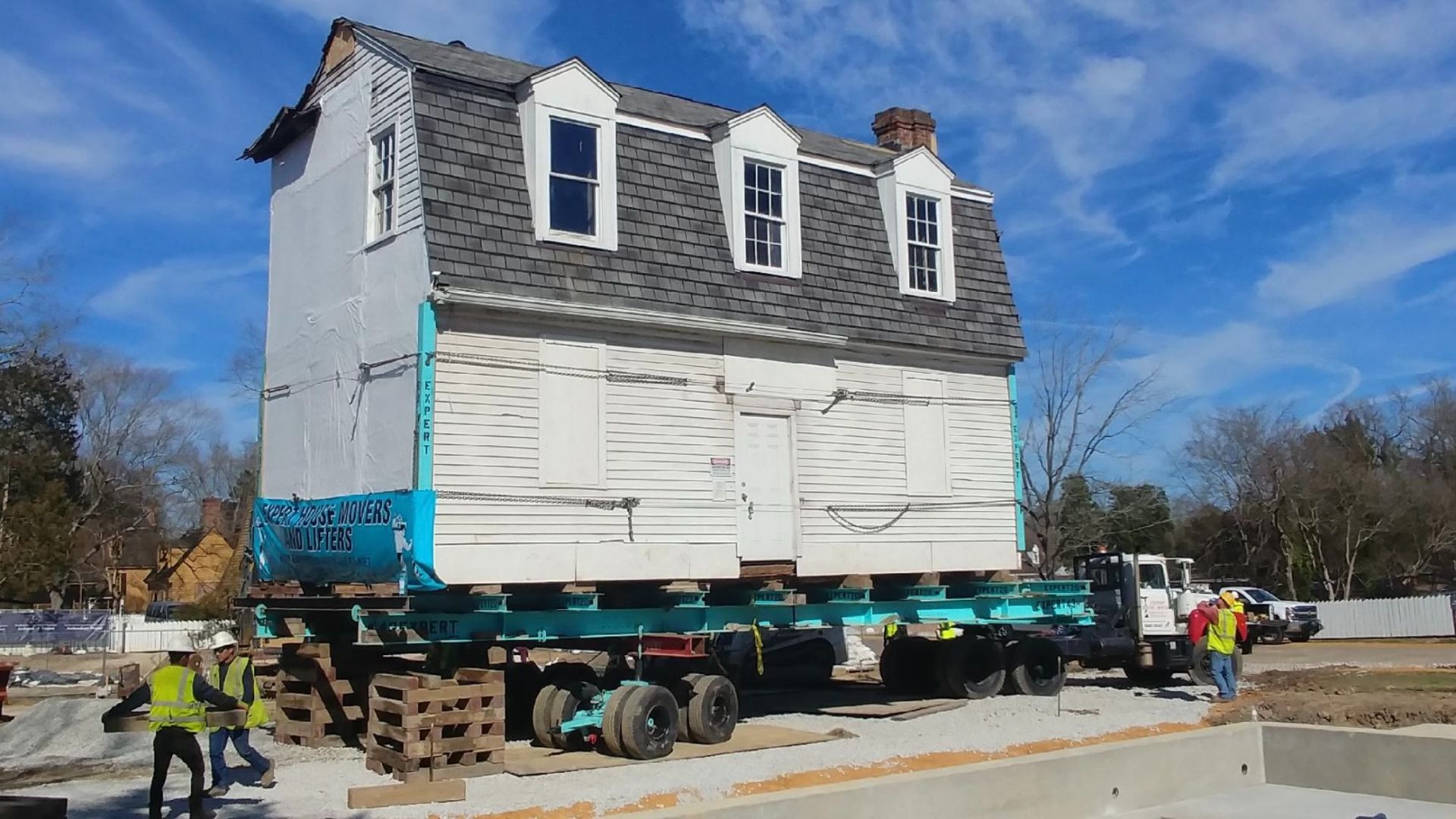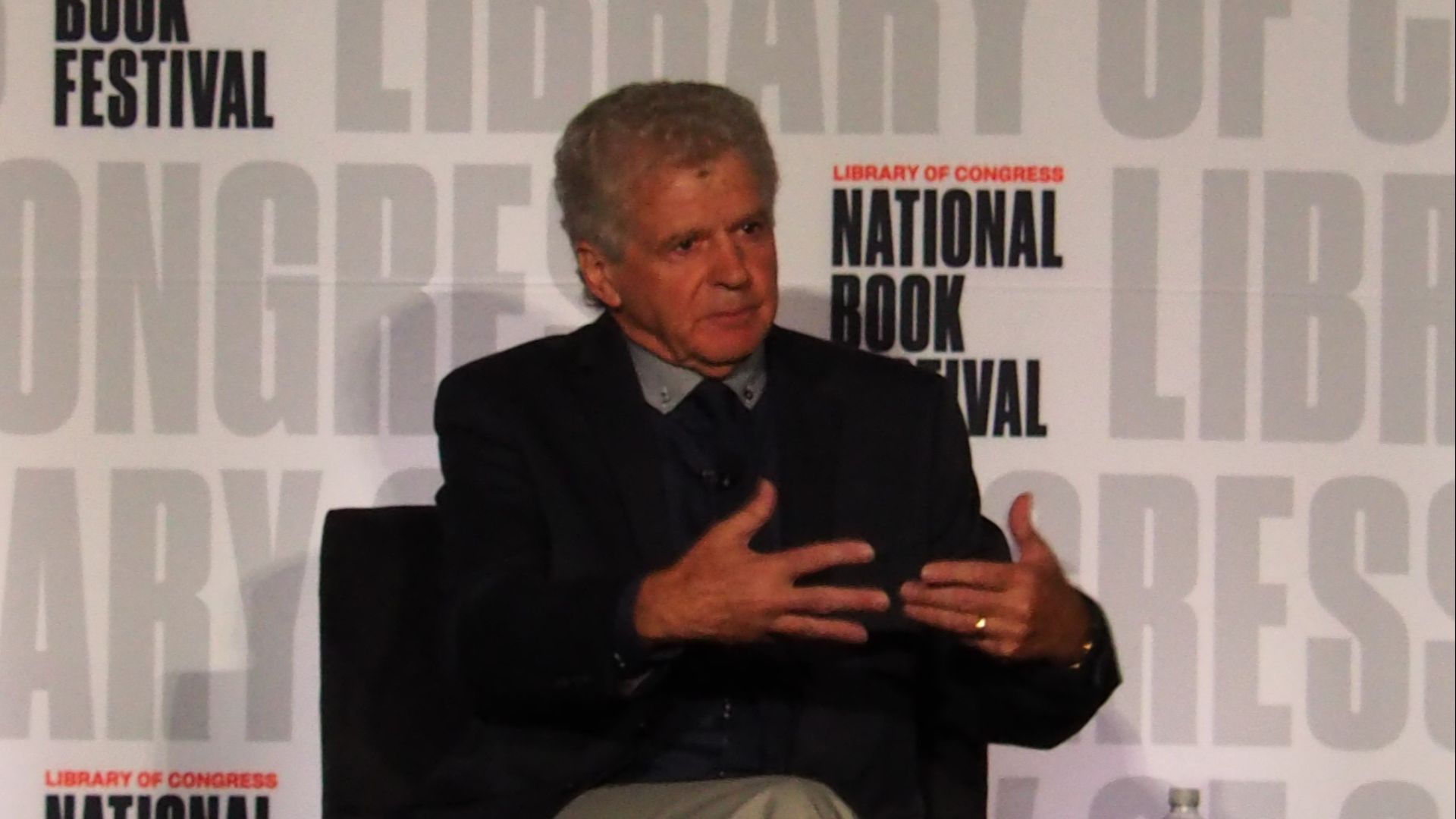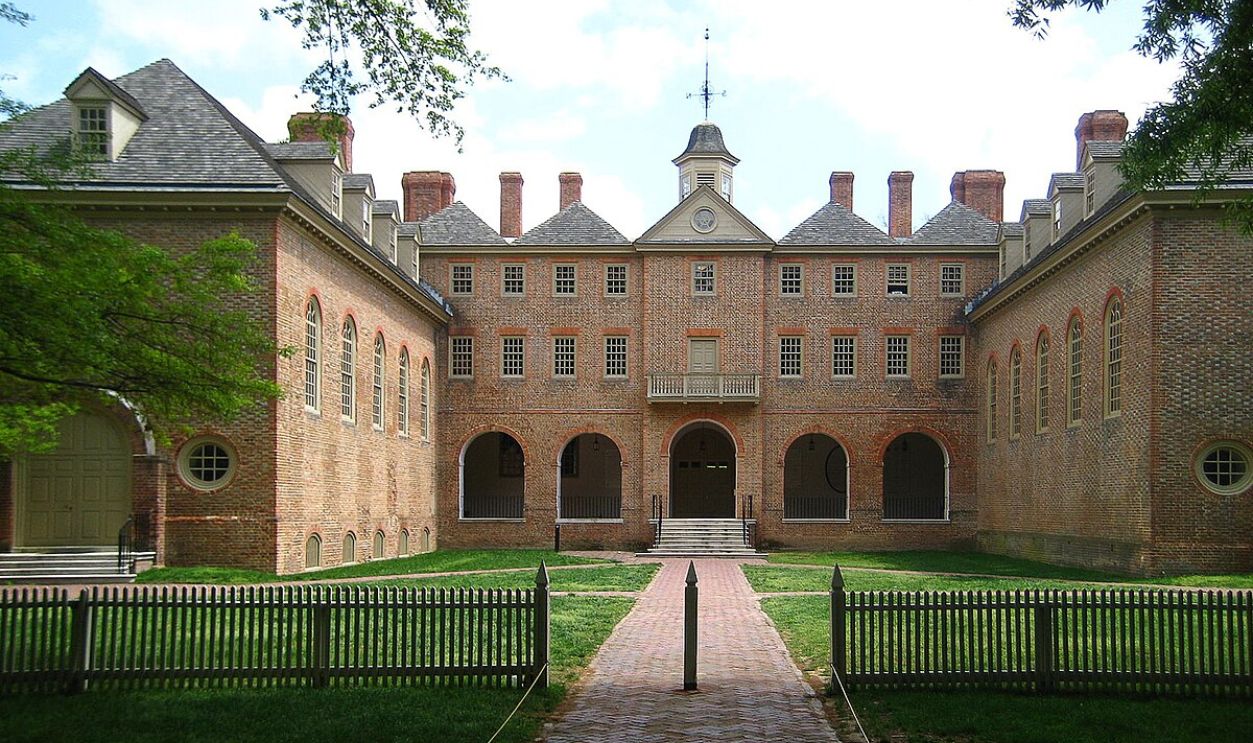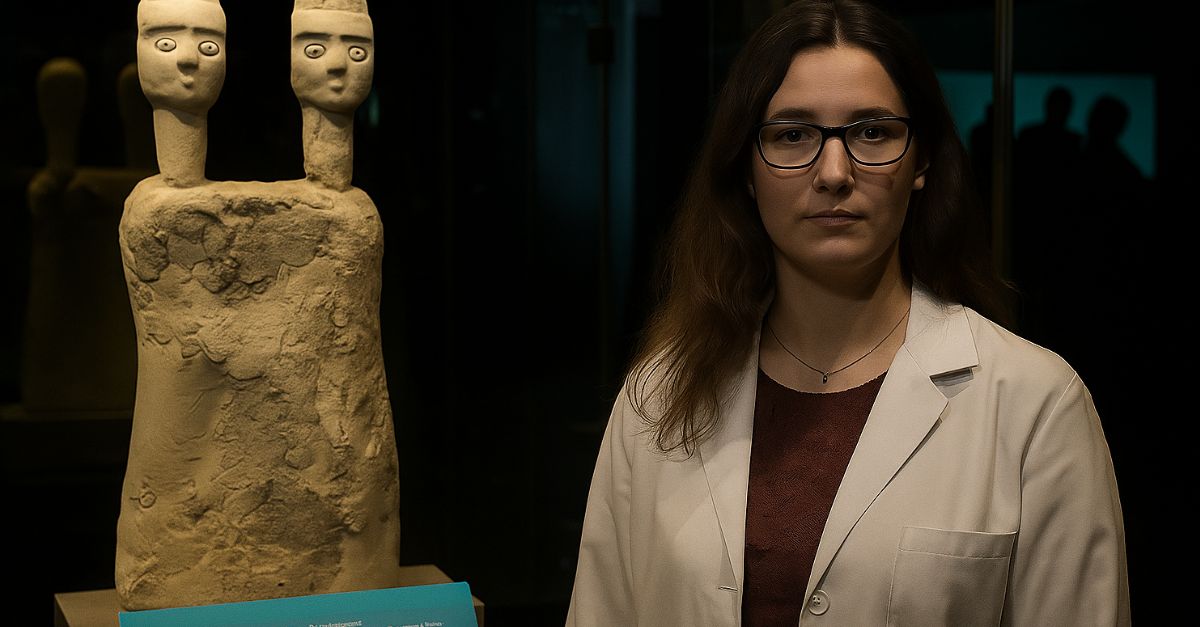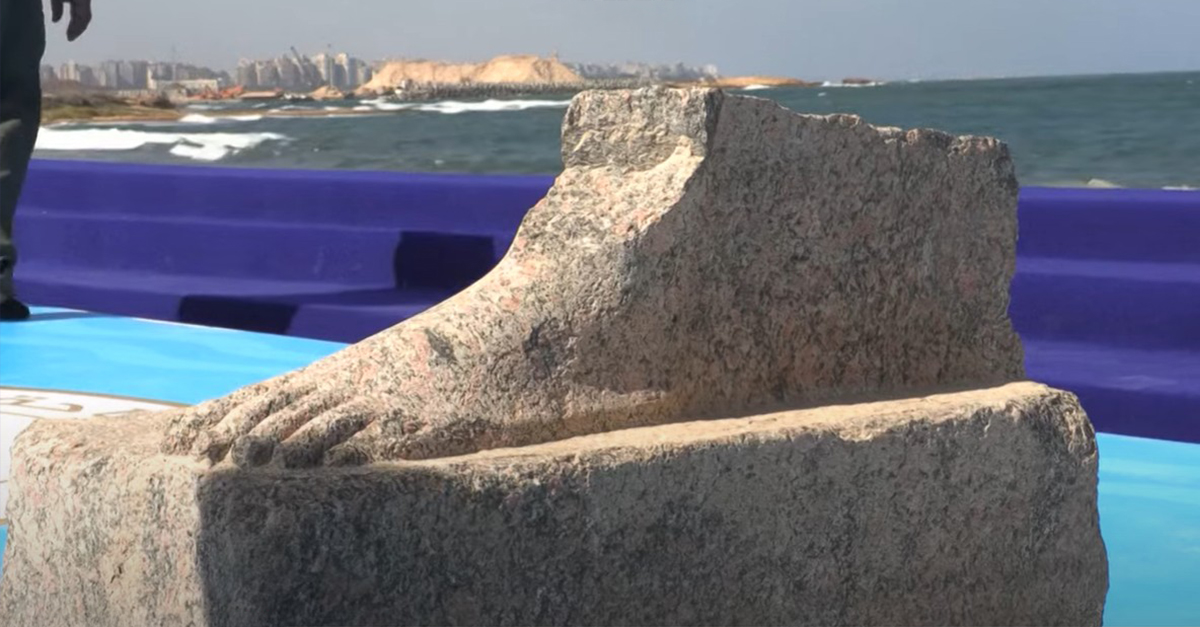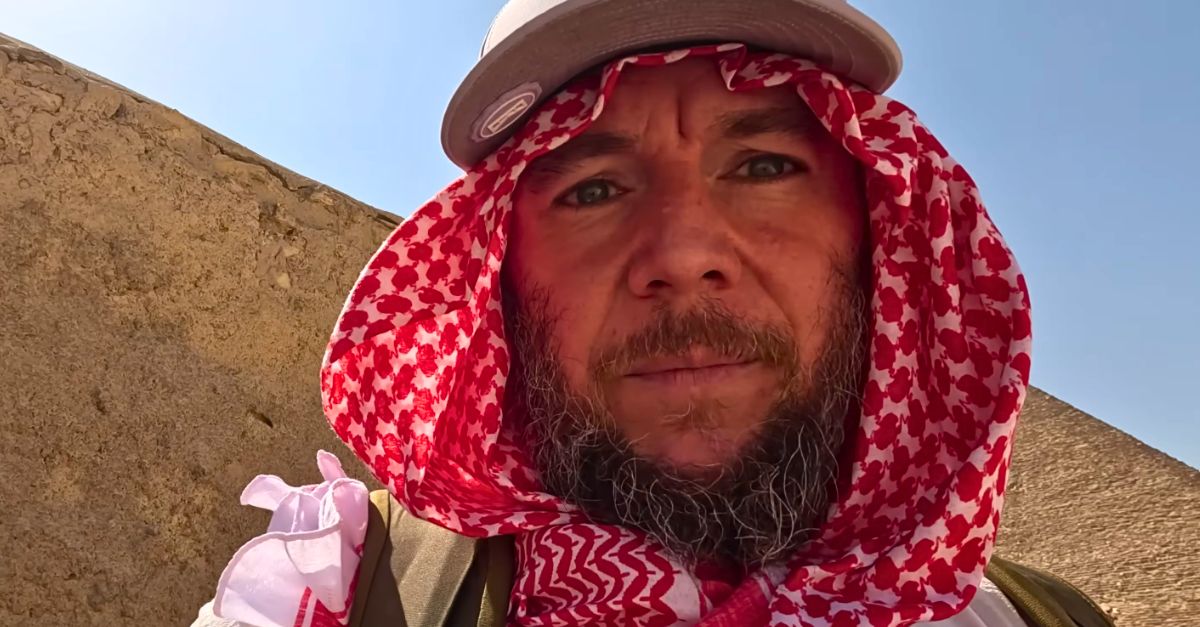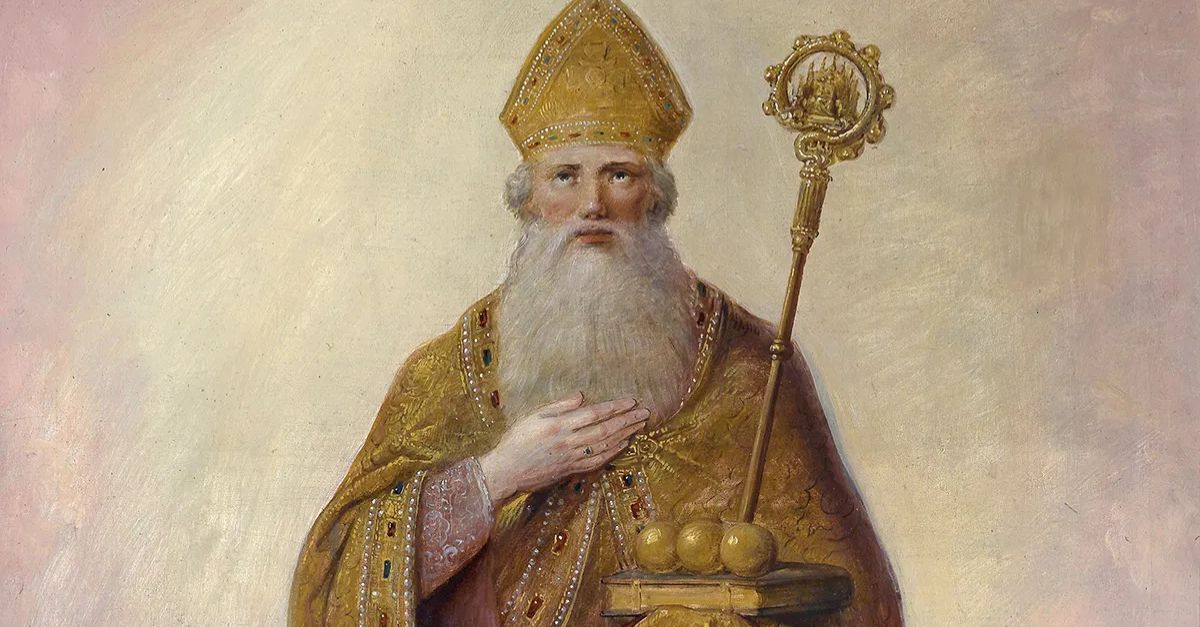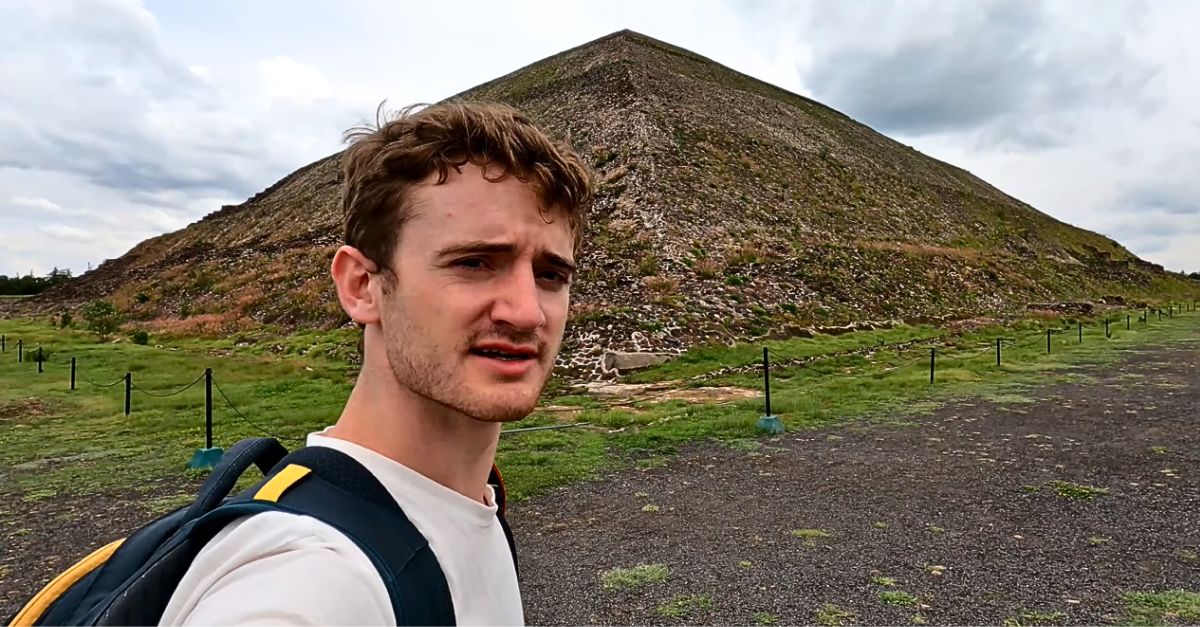A Campus Built On Secrets
William & Mary College, chartered in 1693, holds the title of America's second-oldest college. Its historic campus in Williamsburg, Virginia, has long been a symbol of colonial academic tradition. But beneath the ivy-covered bricks lies a deeper story. Recent discoveries are challenging the known timeline and illuminating centuries of layered history.
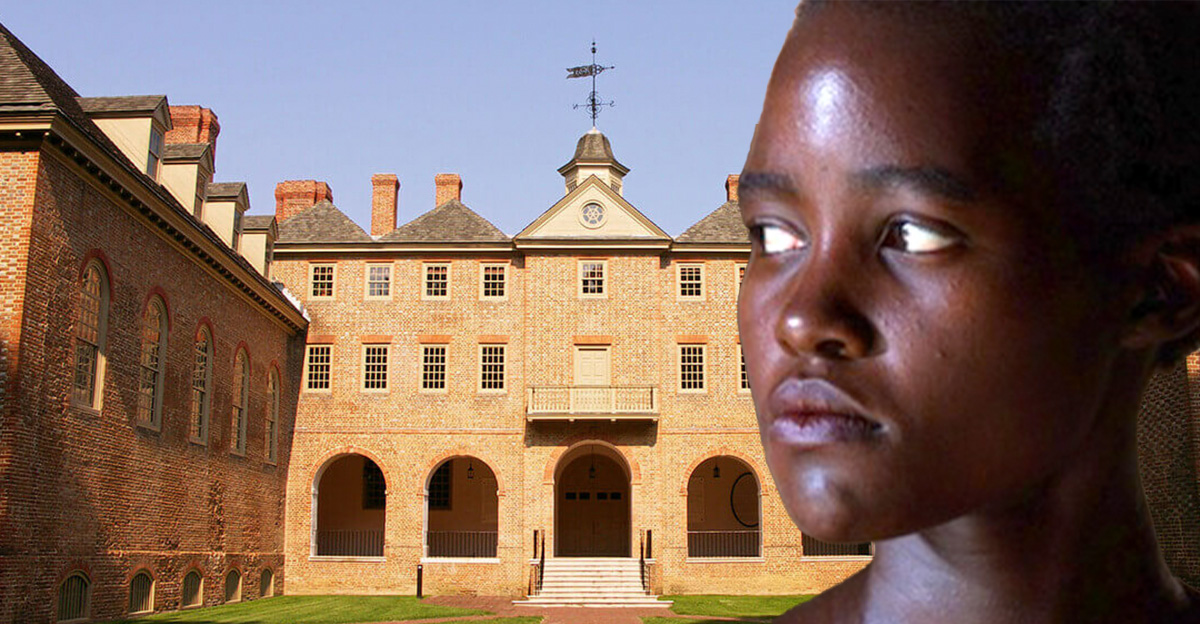
The Wren Building’s Not-So-Humble Beginnings
The Sir Christopher Wren Building is a crown jewel of the college, constructed at the turn of the 18th century. Long believed to be the oldest edifice on campus, it's now clear that the story began even earlier. Nearby digs have uncovered a brick kiln site that predates the Wren Building, suggesting that the foundational work for the college started years before official records indicate.
 MiguelYerena, Wikimedia Commons
MiguelYerena, Wikimedia Commons
Reuncovering The Forgotten Kiln
Originally found in the 1930s, the colonial-era brick kiln was documented but quickly reburied. For decades, it remained hidden beneath manicured campus lawns. Thanks to new preservation initiatives, archaeologists reopened the site, confirming its role in producing bricks for the earliest campus buildings. This discovery reframes what we thought we knew about the college’s origin story.
The Bray School Rises From The Earth
Among the most remarkable finds is the foundation of the Williamsburg Bray School. Founded in 1760, this school for free and enslaved Black children was operated with a revolutionary goal for its time—educating young minds regardless of status. Its rediscovery on campus is a profound reminder of forgotten chapters in American education.
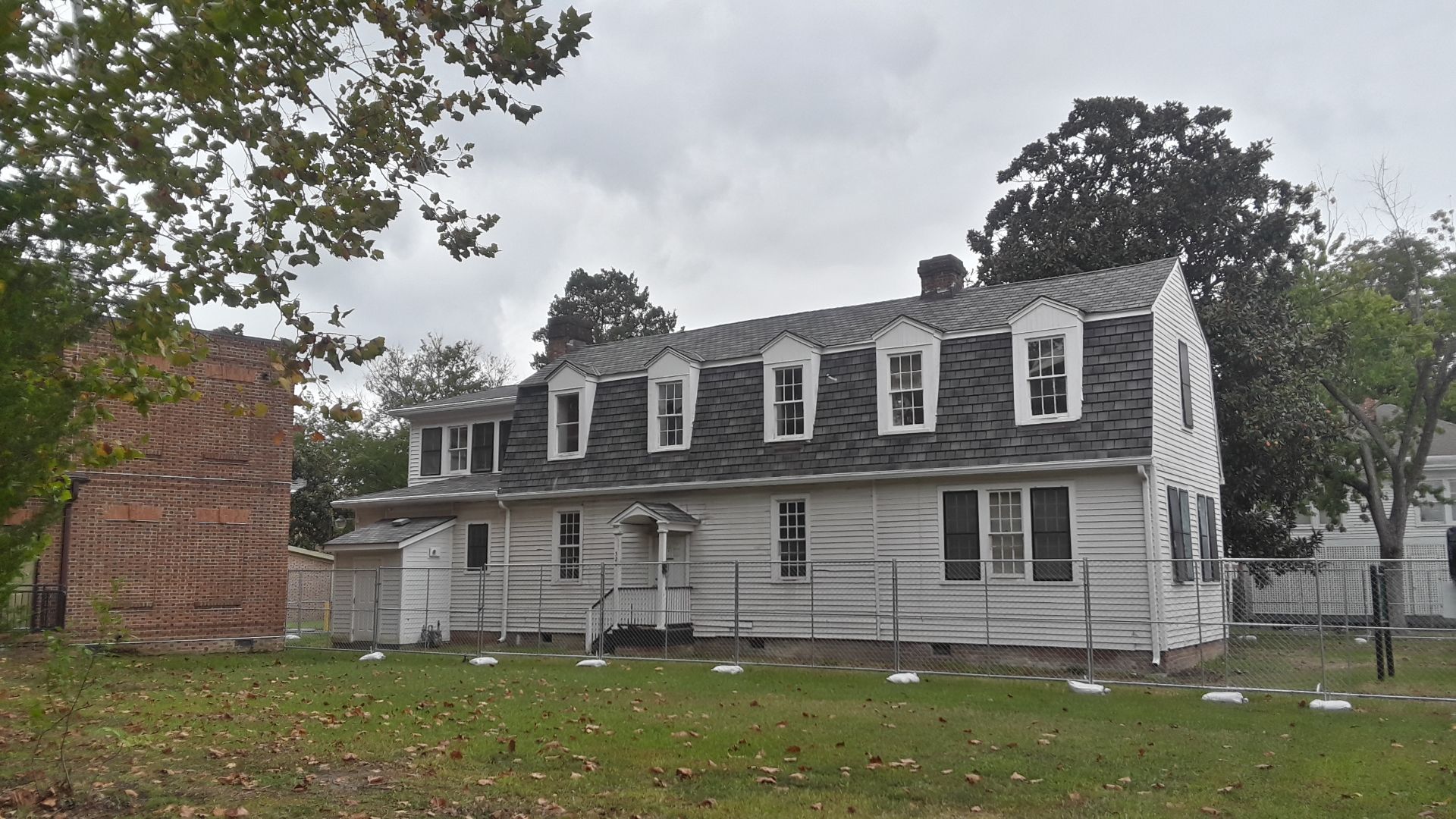 Ser Amantio di Nicolao, Wikimedia Commons
Ser Amantio di Nicolao, Wikimedia Commons
A Secret Cellar Beneath The Books
Archaeologists uncovered something unexpected beneath the Bray School’s long-lost foundation: a hidden cellar. Never documented in college records, this space held artifacts dating from the 1700s to the 1900s. It paints a picture of a building that evolved in use and meaning over centuries.
 Archaeologists Uncover Williamsburg Bray School Foundation | William & Mary, William & Mary
Archaeologists Uncover Williamsburg Bray School Foundation | William & Mary, William & Mary
Treasures In The Dirt
The Bray School featured many personal effects buried in the soil. Pencils, pens, buttons, small toys, all belonged to the children who attended the school, each artifact telling a story of who they might have been—and what horrors their little eyes might have witnessed.
 Archaeologists Uncover Williamsburg Bray School Foundation | William & Mary, William & Mary
Archaeologists Uncover Williamsburg Bray School Foundation | William & Mary, William & Mary
Colonoware & Culture Clash
One especially significant find: colonoware pottery. There isn't much of the handmade pottery linked to enslaved persons left, but its discovery at William & Mary College tells us of the earliest roots of enslavement in the United States.
 Archaeologists Uncover Williamsburg Bray School Foundation | William & Mary, William & Mary
Archaeologists Uncover Williamsburg Bray School Foundation | William & Mary, William & Mary
Minerva’s Glimmering Wisdom
Archaeologists found a piece of glass bearing the image of Minerva, the Roman goddess of wisdom. It's a fitting part of the school's history, as it has long been associated with teaching those deemed unworthy by the rest of society.
 Archaeologists Uncover Williamsburg Bray School Foundation | William & Mary, William & Mary
Archaeologists Uncover Williamsburg Bray School Foundation | William & Mary, William & Mary
A Building That Wore Many Hats
The Bray School was one of the earliest educational institutions for African-Americans in the U.S., founded in 1760 for free and enslaved African-American children. It has a dark history of oppression, "re-education," and brutality. When it finally closed, the building became a Methodist convent.
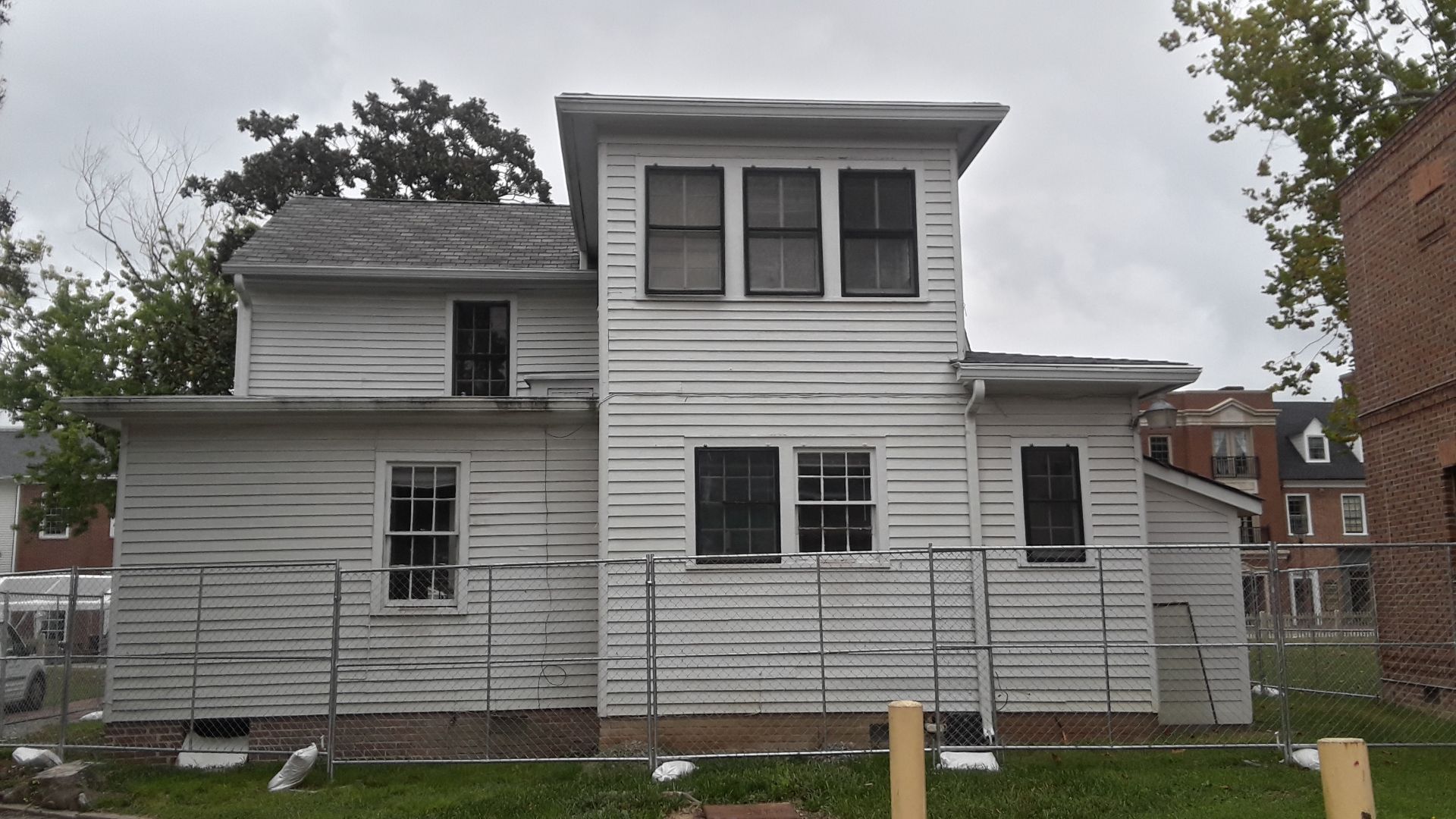 Ser Amantio di Nicolao, Wikimedia Commons
Ser Amantio di Nicolao, Wikimedia Commons
History on the Move
Using tree-ring dating, experts could date the building back to 1760, which sparked a massive effort to relocate and preserve it. In 2023, the structure was moved to Colonial Williamsburg, and two years later, it opened to the public.
Gates Hall Opens the Next Chapter
While renovating Gates Hall, crews unearthed even more of the Bray School’s remains, including its original brick foundation and parts of the hidden cellar. These revelations have expanded the understanding of the school's physical footprint and prompted additional archaeological attention to other nearby campus sites.
 Archaeologists Uncover Williamsburg Bray School Foundation | William & Mary, William & Mary
Archaeologists Uncover Williamsburg Bray School Foundation | William & Mary, William & Mary
Layers of Time, One Shovel at a Time
The artifacts discovered span multiple centuries, representing not just the Bray School era, but the subsequent chapters of the building’s life. Each layer unearthed by archaeologists adds new context to the intertwined histories of the college, the town, and the students once overlooked by mainstream narratives.
 Archaeologists Uncover Williamsburg Bray School Foundation | William & Mary, William & Mary
Archaeologists Uncover Williamsburg Bray School Foundation | William & Mary, William & Mary
A Community-Centered Approach
Recognizing the importance of inclusivity, William & Mary College is working closely with the Williamsburg Bray School Descendant Community. The goal is to co-curate the historical record and exhibit materials in a way that honors those with ancestral ties to the school—putting people, not just artifacts, at the center of the story.
 Archaeologists Uncover Williamsburg Bray School Foundation | William & Mary, William & Mary
Archaeologists Uncover Williamsburg Bray School Foundation | William & Mary, William & Mary
Education In The Exhibit Hall
The recovered artifacts will be housed in Gates Hall and featured in the upcoming Colin G. and Nancy N. Campbell Archaeology Center. These spaces aim to bring history alive for students and visitors alike, transforming the college campus into a living classroom.
Building A Future Through The Past
These discoveries are more than relics. They provide an avenue for difficult conversations about race, education, and memory. William & Mary is using the past to guide institutional reflection, acknowledging its participation in systems of enslavement and segregation while charting a more inclusive future.
Shovels As Storytellers
This wave of archaeology highlights how physical evidence can tell stories long excluded from textbooks. Inscriptions fade and oral histories fragment, but bricks and buttons endure. Archaeology has become a critical tool in recovering marginalized histories.
 Archaeologists Uncover Williamsburg Bray School Foundation | William & Mary, William & Mary
Archaeologists Uncover Williamsburg Bray School Foundation | William & Mary, William & Mary
A Quiet Strength Endures
The legacy of the Bray School speaks to the power of education in the face of oppression. That such a school existed at all in the colonial South is a testament to the hopes and determination of enslaved families and their allies. Its rediscovery invites reflection on the enduring struggle for educational equity.
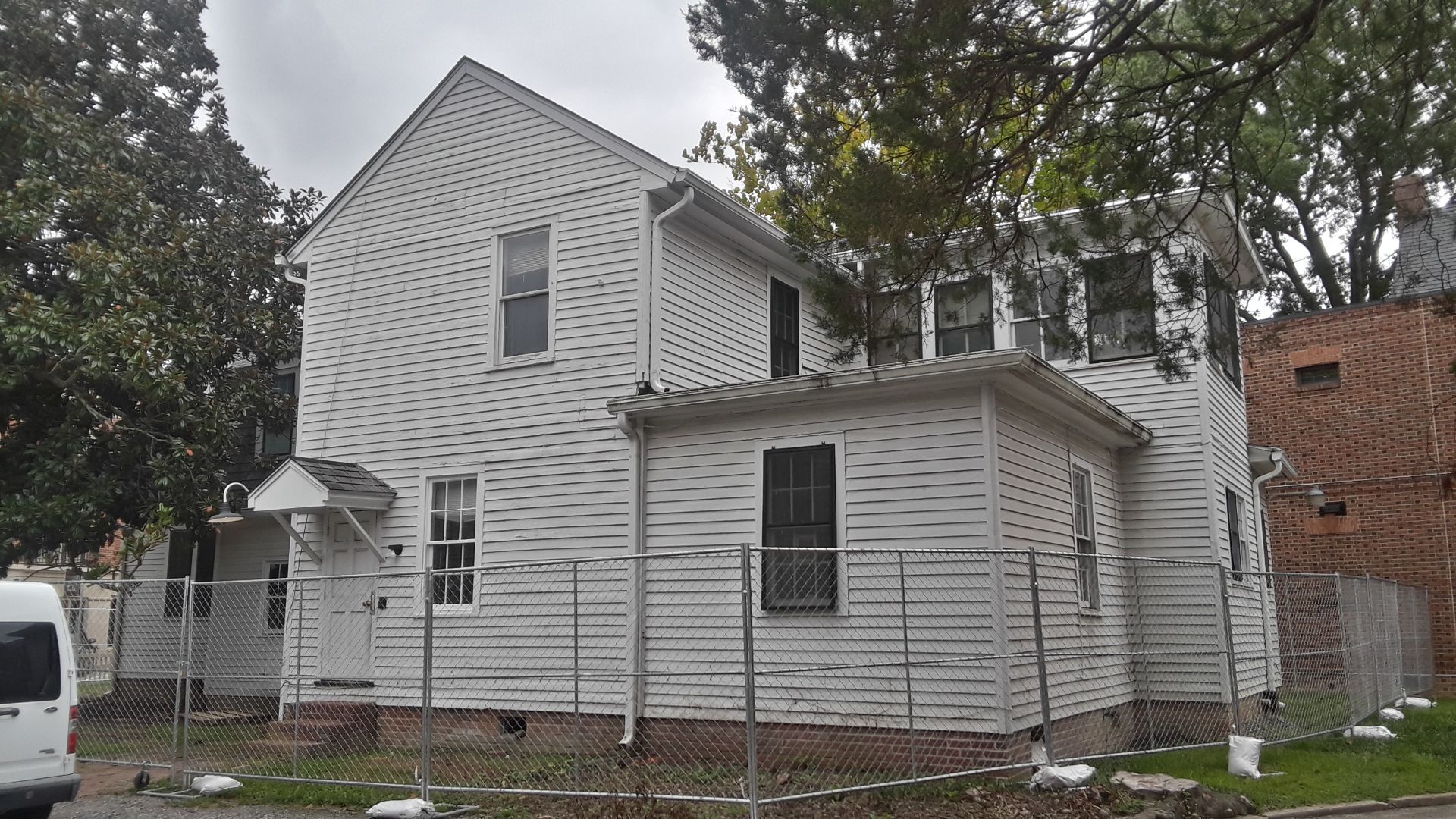 Ser Amantio di Nicolao, Wikimedia Commons
Ser Amantio di Nicolao, Wikimedia Commons
Digging Is Just The Beginning
While much has been found, the work isn’t over. Excavations continue across the William & Mary campus, each spadeful of earth offering the potential to rewrite history. Researchers expect to find additional structures, artifacts, and perhaps even documents that connect past and present.
 Archaeologists Uncover Williamsburg Bray School Foundation | William & Mary, William & Mary
Archaeologists Uncover Williamsburg Bray School Foundation | William & Mary, William & Mary
You May Also Like:
Free Disneyland Perks You're Probably Walking Right Past

